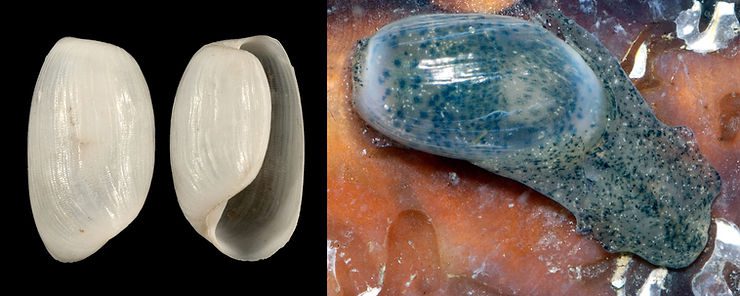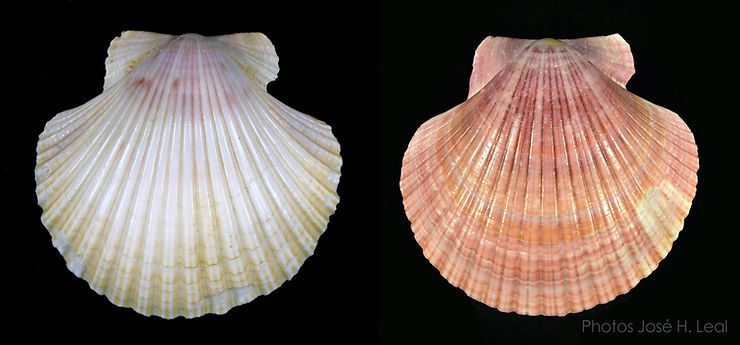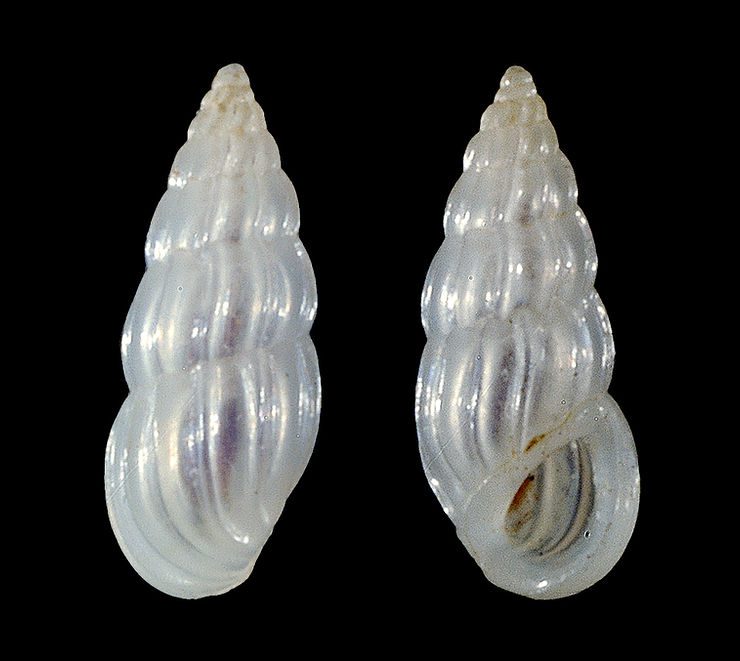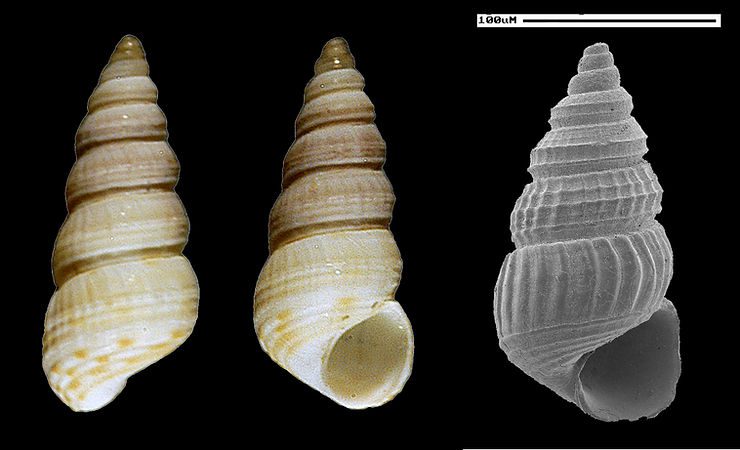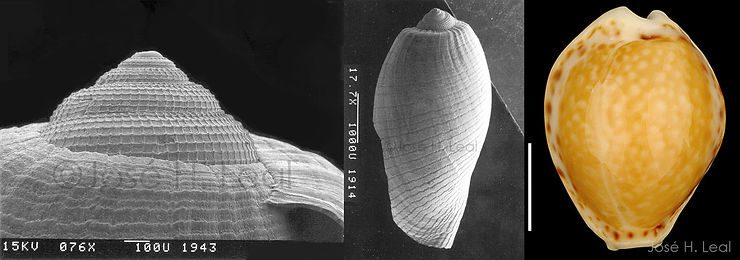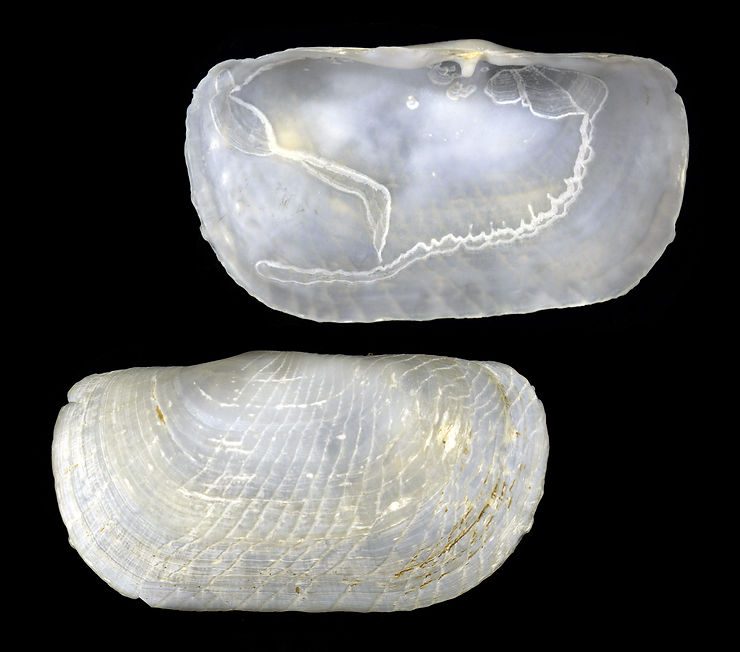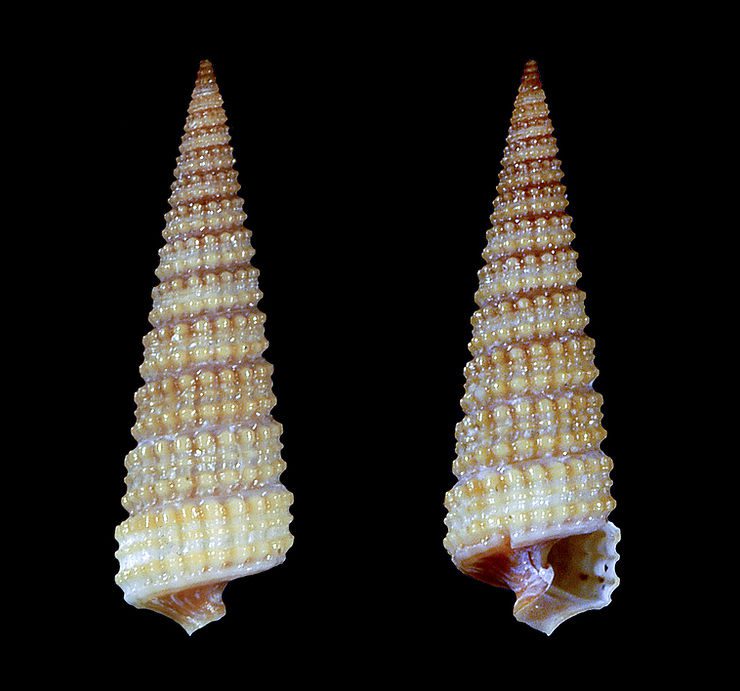
The Emerson Miniature Cerith
Emerson Miniature Cerith, Retilaskeya emersoni (C.B. Adams, 1839) is one of those shells that could compete for the throne of “most handsome” local shell, if only it were five times larger than its actual size! But at 8 mm (0.3 inch) in average size, these Miniature Ceriths go unnoticed by most except for the serious microshell collectors. The species boasts an elegant sculpture of three tows of rounded, sometimes glossy beads, with the shell whorls separated by a well-defined groove (known as s
